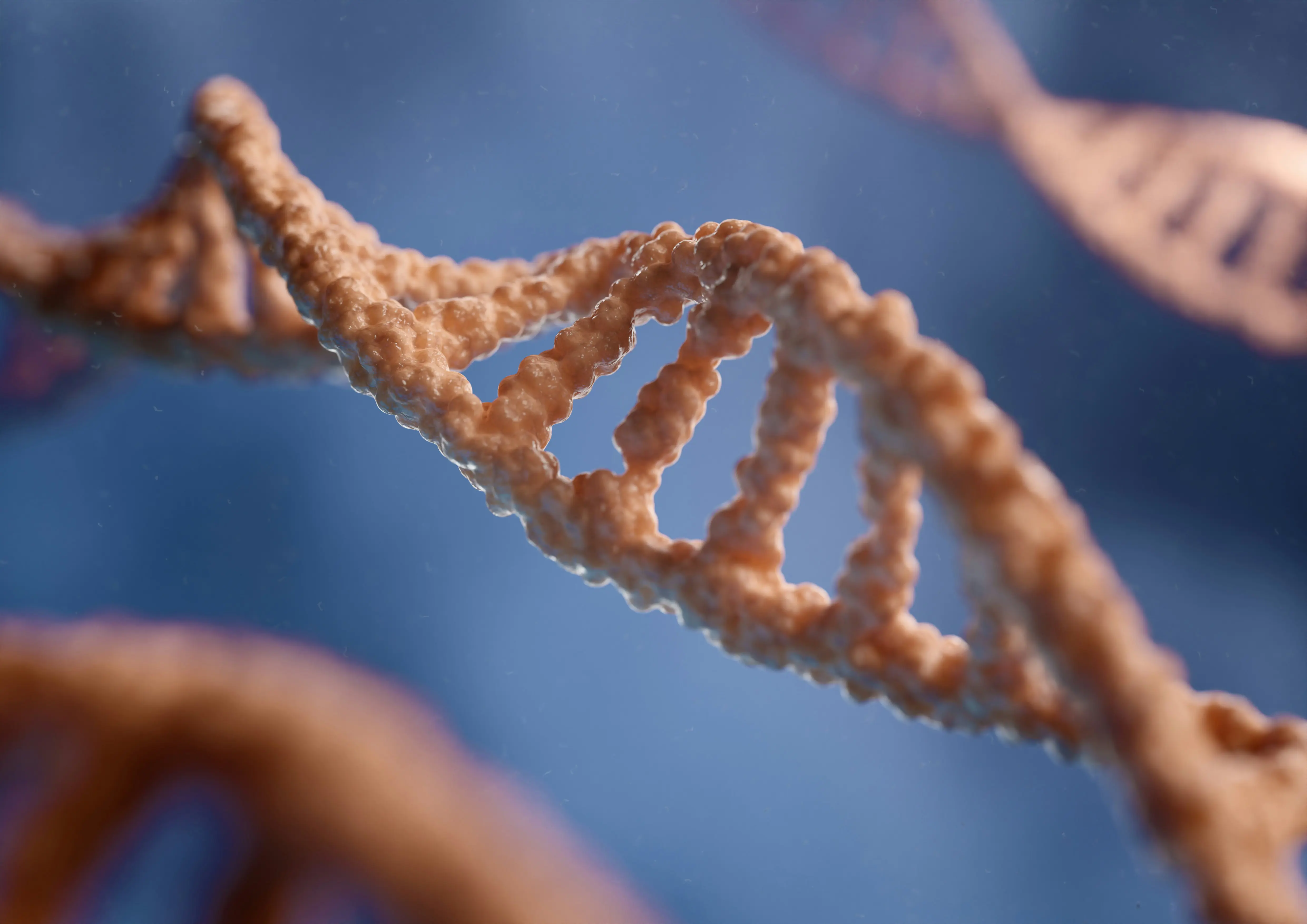This AI Isn’t Made of Silicon, It’s Alive

What if the next generation of AI wasn’t built with circuits and code, but with living human cells?
In a world-first, researchers at The University of Sydney have created a biological intelligence system that uses lab-grown brain cells to process information and make decisions, just like an artificial neural network, only this one is alive.
Dubbed a “Bio-AI” system, this hybrid of biology and technology is capable of something machines have never quite mastered: flexible, adaptive decision-making in uncertain environments. The cells are housed on a high-density chip and trained to respond to stimuli, like choosing the best path through a maze, by learning from feedback in real time.
“We’ve essentially built a system that can think, learn, and adapt using biological material,” the research team said.
Unlike traditional AI, which is trained on vast datasets and locked into rigid frameworks, this living system can evolve, responding to changes in its environment with a level of fluidity that mirrors real organisms.
The implications are profound. This research hints at a future where machine intelligence could merge with living tissue, opening up new frontiers in robotics, brain-computer interfaces, and synthetic cognition. It could also shed light on how our own brains process information, offering a new tool for neuroscience and mental health research.
But there’s a flipside. As we edge closer to blending biology with artificial intelligence, ethical questions multiply. What does it mean to train living cells to behave like minds? How far can we push biological computation before it begins to resemble consciousness?
Right now, the system is in its early stages, a small dish of neurons making simple decisions. But the vision is big: a future where thinking machines might not just simulate biology, but embody it.
It’s AI reimagined not in cold silicon, but in the messy, miraculous logic of life.